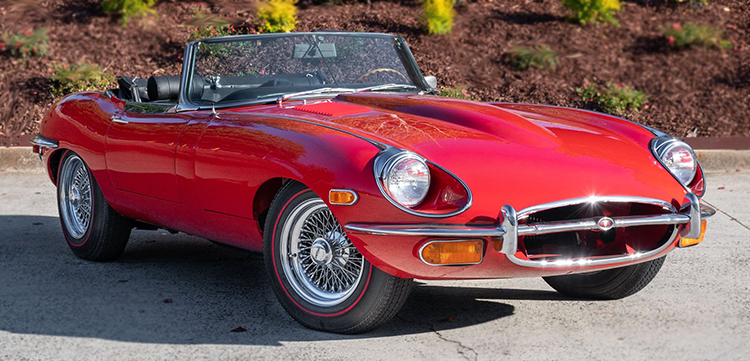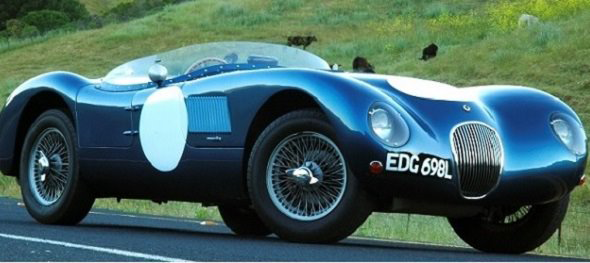Jaguar Cincinnati Independent
Smyth Imported Car Service Inc.| Jaguar Cincinnati Independent


Honoring British Grace Through Generational Mastery
Since 1934, Smyth Imported Car Service has embodied the union of precision craftsmanship and quiet authority. Under the stewardship of third‑generation expert Sam Smyth II, we proudly extend our legacy to Jaguar aficionados in Cincinnati, OH. For us, caring for a Jaguar is not maintenance—it’s a tribute to timeless design and engineering excellence.
Jaguar Repair, Cincinnati, OH
Our approach to Jaguar repair fuses modern diagnostics with decades of mechanical insight, providing services tailored to the brand's most revered models—from vintage XKE and C‑Type classics to modern-day F‑Type and XE marvels :contentReference[oaicite:2]{index=2}. Each repair adheres to OEM precision and utilizes authentic or approved components, preserving both performance and provenance.
Jaguar Restoration, Cincinnati, OH
Restoring a Jaguar demands reverence for originality. Our Jaguar restoration services span full mechanical rebuilds, coachwork revival, concours-level finishes, and period‑authentic interior craftsmanship. Whether enhancing a C-Type’s contours or refurbishing an XK’s alloy panels, every detail is executed with collector-level care :contentReference[oaicite:3]{index=3}.
Jaguar Service, Cincinnati, OH
Ongoing care is the foundation of Jaguar legacy. Our Jaguar service offerings include comprehensive fluid exchanges, braking system calibration, engine tuning, and diagnostic assessments—all carried out within our climate‑controlled workshop. Every visit concludes with an exhaustive multi‑point inspection to ensure your Jaguar drives as beautifully as it looks.
Why Jaguars and Their Owners Trust Smyth Imports in Cincinnati
Heritage‑Focused Precision — Work performed to OEM standards, with specialist tools and authentic parts.
Decades of Jaguar Expertise — A legacy built on meticulous craftsmanship dating back nearly 90 years.
Personalized Restoration Plans — Every service is tailored to your Jaguar’s biography, condition, and aspiration.
Quiet Exclusivity — By appointment only, ensuring focused, bespoke service that honors your vehicle's dignity.
Entrust your Jaguar to Smyth Imports, and it is entrusted to custodians who preserve not just its mechanics, but its mystique and legacy.
